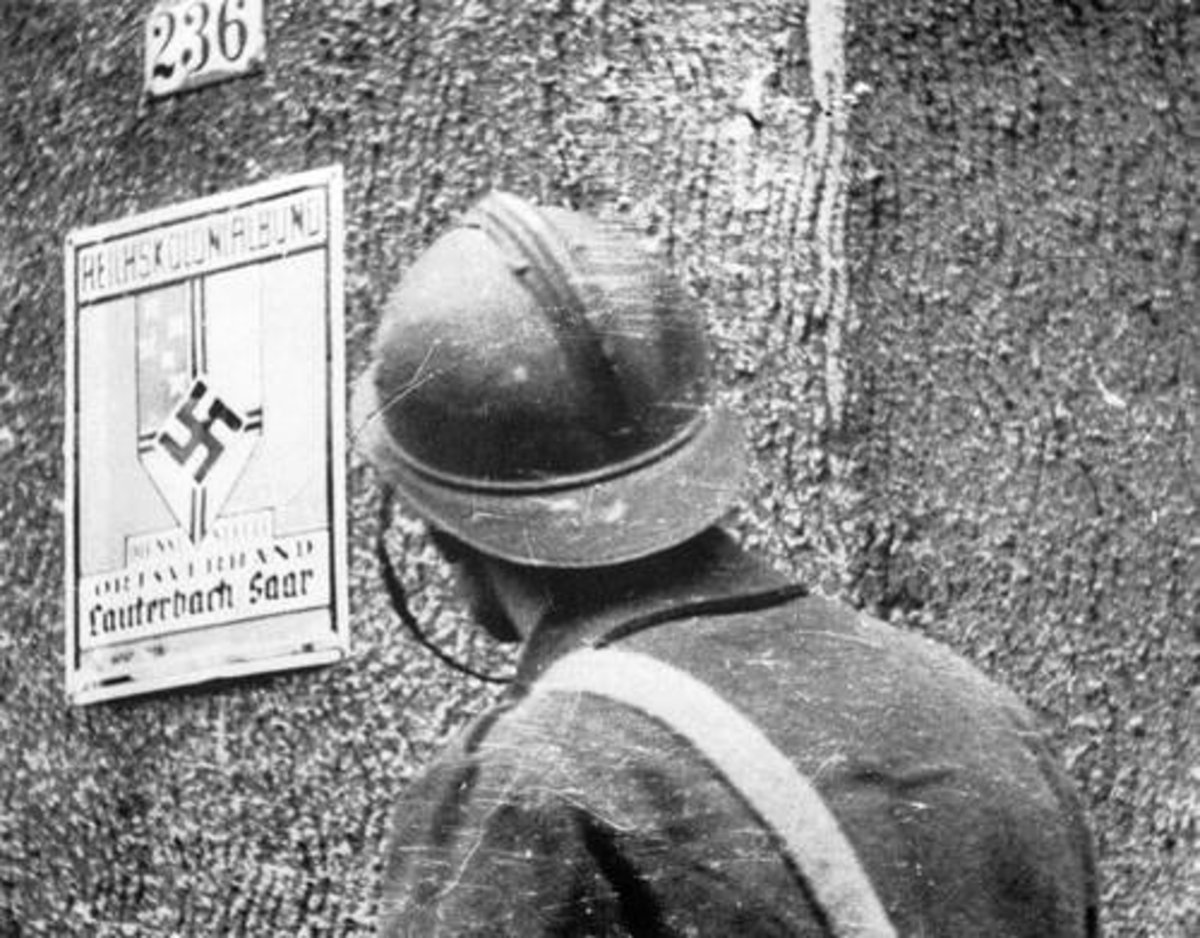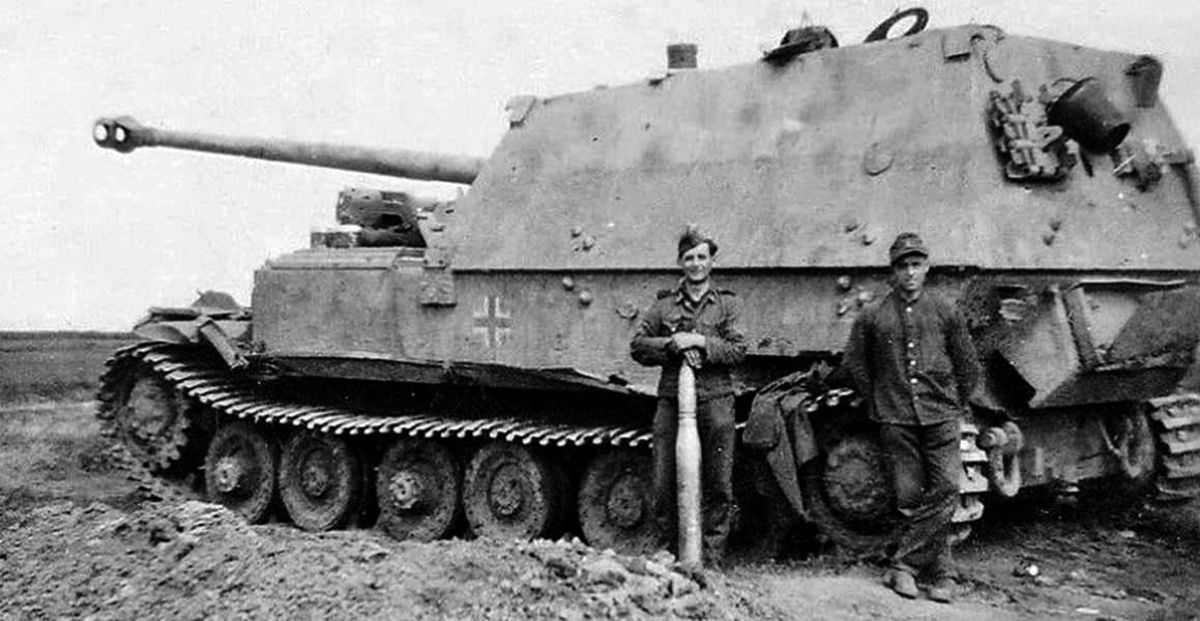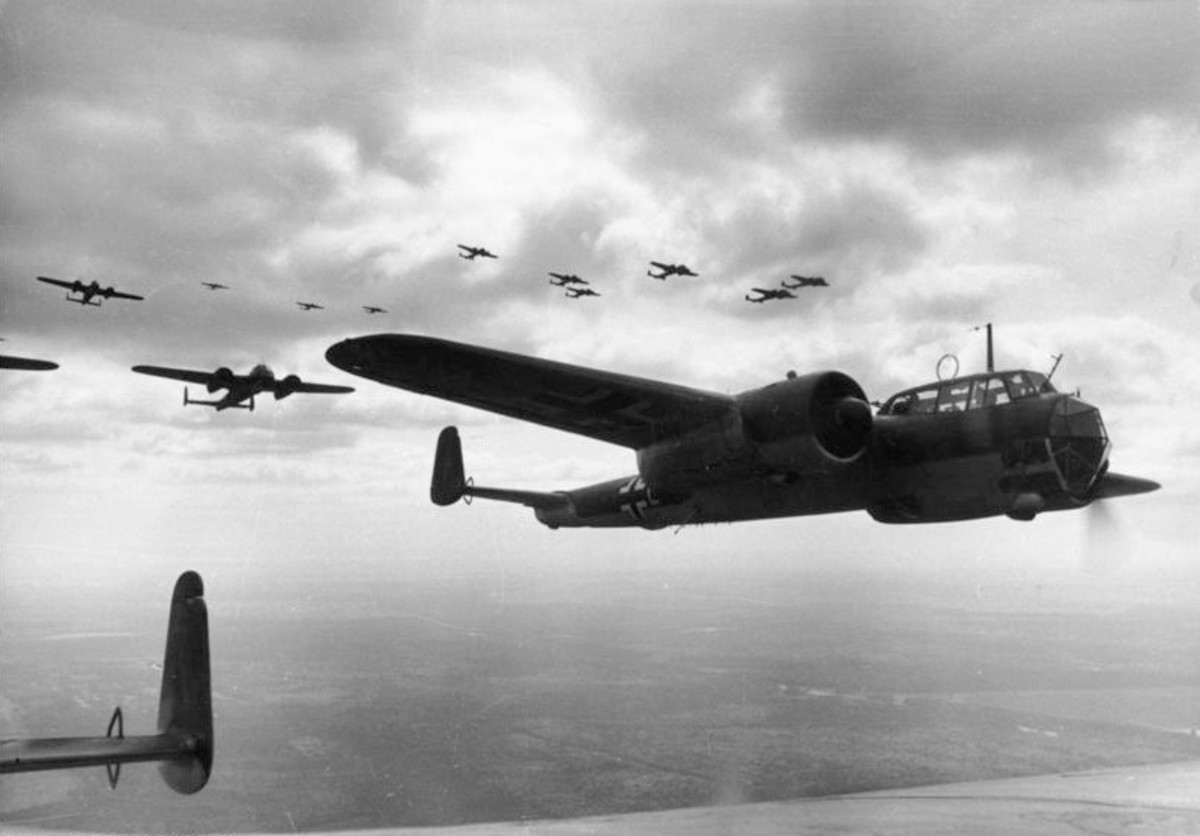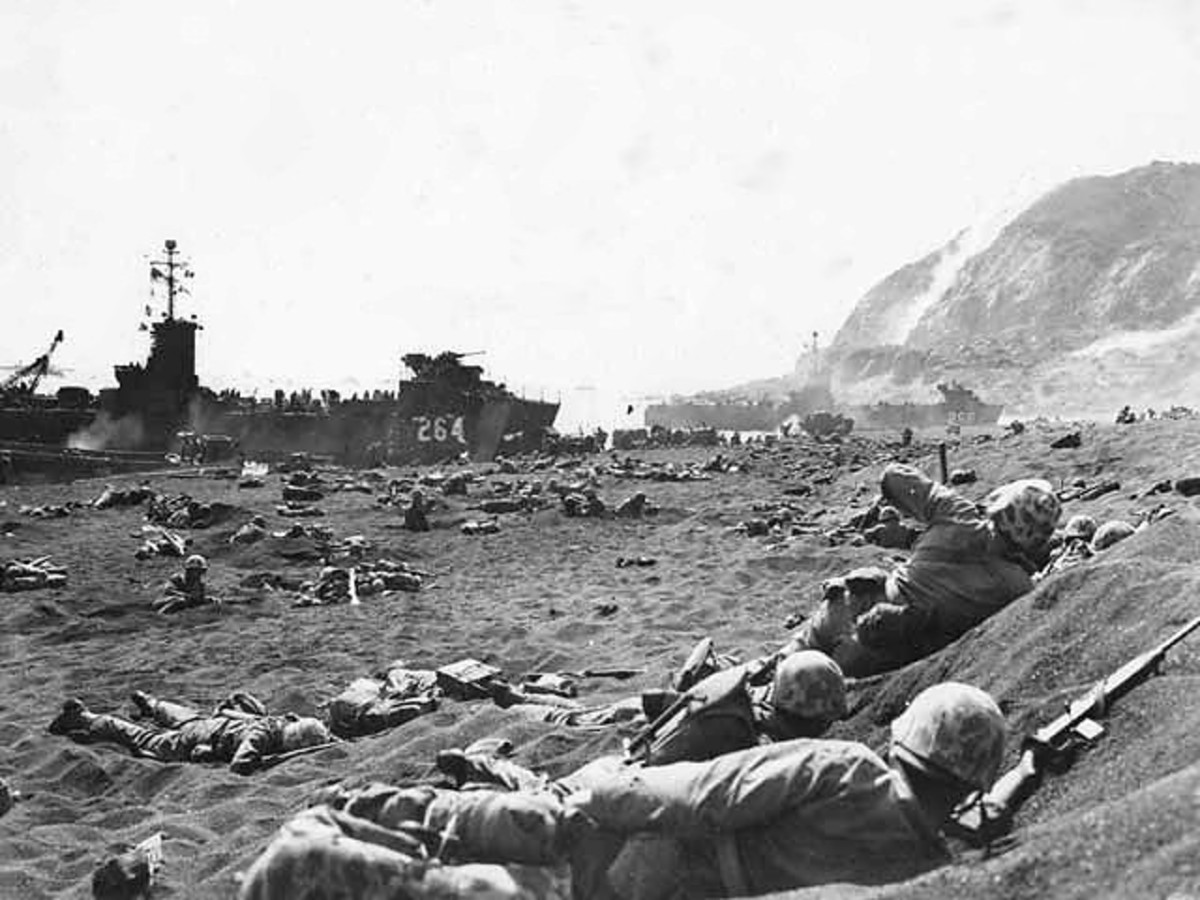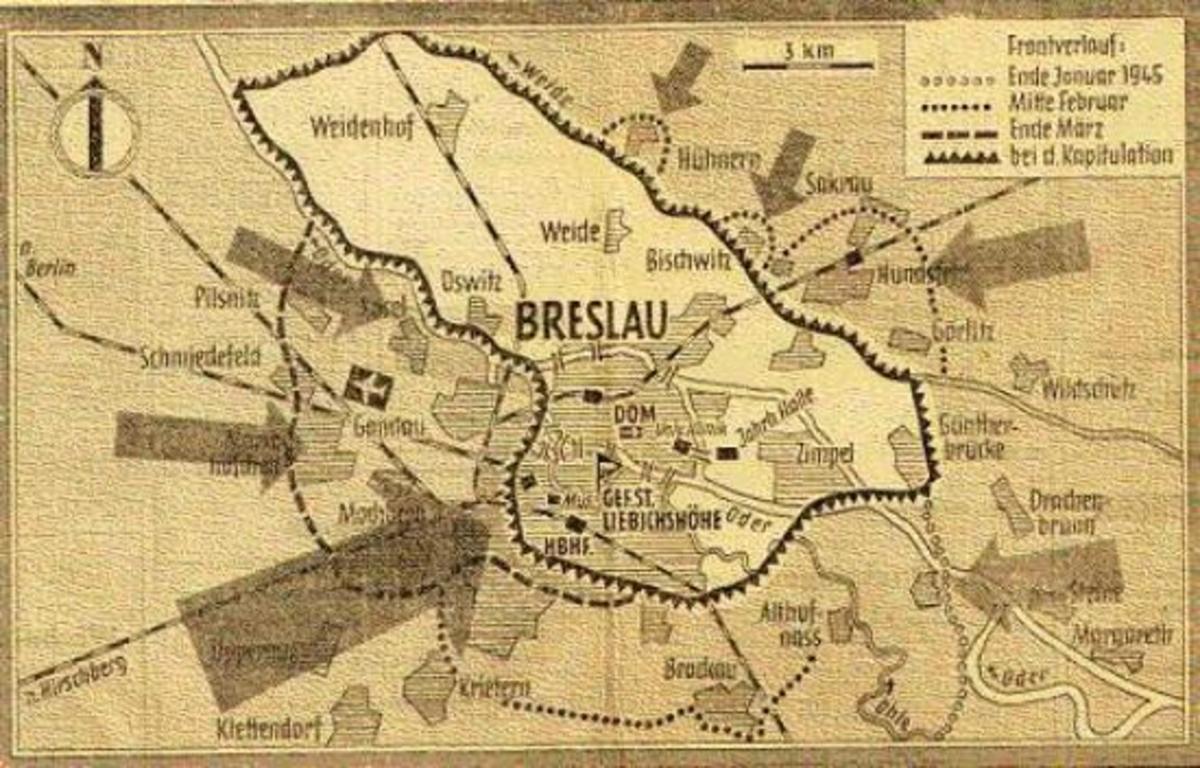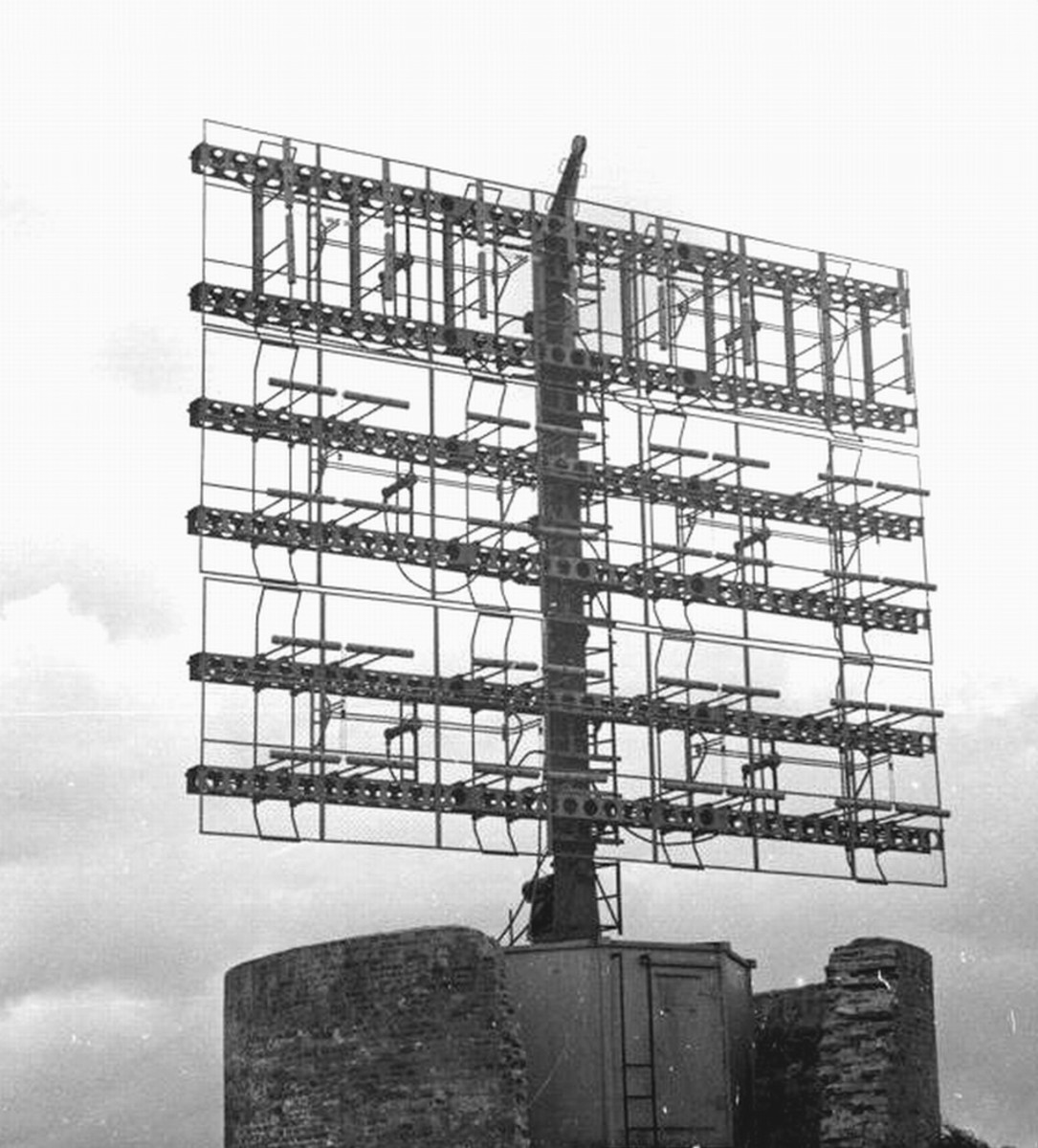- HubPages»
- Education and Science»
- History & Archaeology»
- History of the Modern Era»
- Twentieth Century History»
- World War II
What is the Battle of the Bulge?
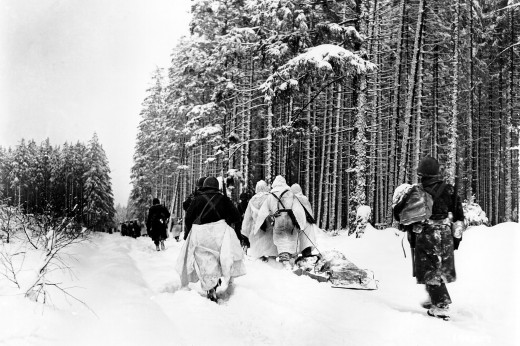
The Battle of the Bulge is one of the most vital engagements during World War II. In the year 1944, threatened with an ever-growing Allied front to the West and a coming invasion from the East, German Chancellor Adolf Hitler decided to perform a daring gamble: German forces were to drive a wedge between the Allies and subsequently encircle and destroy them. An Allied surrender would allow Germany to shift troops back to the East to prepare for an upcoming Soviet invasion.
Background of the Battle
After the initial landings during Operation Overlord and subsequent pushes into France, the Allies were advancing at a significant pace. However, with soldiers tired from the constant fighting, troop morale and supply is rapidly declining. The Allies temporarily halt the advance into Germany to recuperate. Believing that the dense forest of the Ardennes to be an easily defensible position, Allied High Command chose to hold there.
Banking on catching the Allies in complete surprise, German forces maintained complete secrecy about the operation, going as far as to naming it Unternehmen Wacht am Rhein or Operation Watch over the Rhine to make it seem like a defensive operation. To neutralize Allied air superiority, the German forces planned their attack to occur during overcast and poor weather conditions.
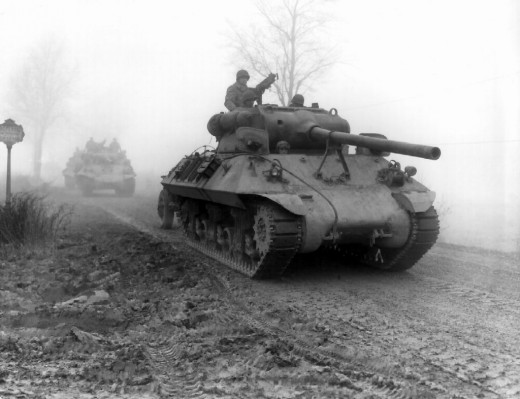
The Attack
On the morning of December 16, 1944, the relative quiet in the Ardennes was broken by German artillery followed by an Armored push. Their objective was to drive a wedge from the Allied front into the port of Antwerp. Due poor Allied intelligence on the operation as well as the Ardennes being considered an inactive region, Allied forces were caught in a complete surprise attack. The initial attack had two regiments of the inexperienced 106th Division surrender and taken as POWs. However, there were stiff resistance from several troops along the Elsenborn Ridge, particularly from the 99th Division. These pockets of resistance provided valuable time for Allied command to assemble reinforcements and draw a defensive line. After a few days of fighting, the German forces appeared forcing a wedge that looks like a bulge towards the Allied lines hence the titular name.
However, the farther the German army pushed across the river Meuse, the more fuel they needed to burn for their armored divisions, their main driving force. This scarcity in fuel supplies slowed the German counter-offensive down. This, coupled with clearing weather conditions allowing for Allied air superiority to take its reigns of the skies once more, meant that the Allied forces are now able to push the bulge back towards Germany.
The 101st Airborne
A key position in the Ardennes region was the town of Bastogne. Bastogne held the crossroads to all major highways in the region and as such, capturing it proves vital for the German offensive. Due to a lack of regular troops, the specialists of the 101st Airborne division were given the task of holding the town of Bastogne. Airborne divisions are usually dropped behind enemy lines and are generally only lightly equipped. Scrounging whatever ammunition they can find from the divisions they are relieving, the 101st marched into Bastogne.
They were to hold Bastogne until General Patton's Armored Divisions are able to relieve them. The 101st held Bastogne fiercely, considerably slowing the German advance by denying them access to the crucial roads of Bastogne.
Failing to capture Bastogne, the German forces decided to move around it and surround the town, encircling them in a pocket. This denied the supply lines into Bastogne and while air drops were attempted, poor weather conditions means that the drops often go off target even as far as falling into German hands.
Surrounding the US divisions in Bastogne, German General Heinrich Freiherr von Lüttwitz requested them to surrender. Enraged by this, the commanding US General Anthony McAuliffe simply sent them "Nuts!"
The 101st held on for a few more days until after Christmas where elements of Gen. Patton's 4th Armored Division broke through the German encirclement and established a corridor into Bastogne from the south.
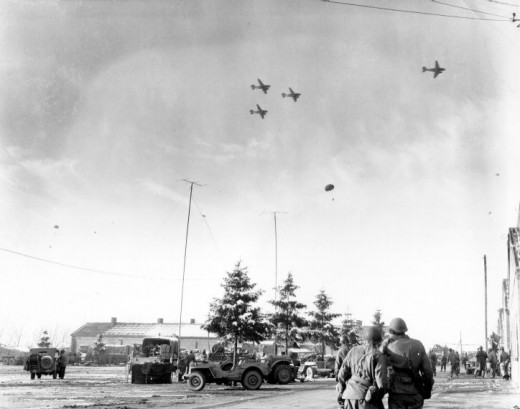
Pushing Back
Gen. Patton's push into Bastogne was the key to repelling the German offensive. US forces continued to attack the German salient from the flanks, and the poor supply of fuel means that the German forces are forced to retreat within Germany's borders across the river Meuse.
The Battle of the Bulge was a costly battle on both sides. The Allied casualties rose up to 90,000 while German casualties were around 100,000. The offensive was especially costly for Germany who lost the majority of their Armor which they will never be able to replace. This defeat ultimately lead to the ending of World War II four months later.

